Arlington Wildlife Area

Fast Flight Facts
Target Species: Clapper Rail and other rails, Least Bitterns, Raptors, and Sandhill Cranes in surrounding fields
Elevation: 770'
Habitat: Wildlife area with two ponds with marshy habitat surrounded by open fields and desert scrub
Overall Birding Rating: 4
Difficulty: 1 (Easy)
Birding Type: Easy Hiking
Facilities: Parking lot
Fees/Ownership: None/Arizona Game and Fish Department
Closest Town or City/How far from Phoenix: Arlington /42.3 miles southwest of Phoenix
Getting there: Reached from dirt road just off of Arlington School Road in the Arlington Valley
Overview: Located in the Arlington Valley and owned by the Arizona Game and Fish Department, the Arlington Wildlife Area is one of the better spots in the county to observe marsh birds. Tall reeds and cattails line and fill the ponds in this area, as the area is surrounded with mesquites and tamarisk, as well as good views of the surrounding agricultural fields. It is one of the spots that should definitely be stopped at when birding in this area.
The marsh bird life is here is very similar in ways to the Baseline and Meridian Wildlife Area that is in the Southwest Phoenix Area. This area provides good viewing opportunities for Clapper Rails, as well as Virginia Rails and Soras, and is also a great location for Least Bitterns. These birds are usually elusive for the most part and require patience to see them, but early morning visits in season increase the chances, as these species are likely to be very active as dawn hits. Clapper Rails can be seen and heard here through the breeding season, as well as winter occasionally. The Virginia Rails and Soras may be seen and heard in the migrations and winter. Least Bitterns can be seen year round. Besides the marsh birds, this area is also great for sparrows. The entrance road leading up to that gate of the wildlife ponds may provide good looks at abundant numbers of eight or more species. Sandhill Cranes may be observed if looking out into the agricultural fields as well as many raptors. Other birds to expect here throughout the year in the ponds and surrounding habitats include Cinnamon Teal, Pied-billed Grebe, Black-crowned Night-Heron, White-faced Ibis, Osprey, Northern Harrier, White-tailed Kite, Common Gallinule, White-winged and Mourning Doves, Greater Roadrunner, Gila and Ladder-backed Woodpeckers, Black and Say's Phoebe's, Ash-throated Flycatcher, Western Kingbird, Loggerhead Shrike, Verdin, House and Marsh Wrens, Black-tailed Gnatcatcher, Ruby-crowned Kinglet, Common Yellowthroat, Vesper, Lark, Savannah, Song, Lincoln's, and White-crowned Sparrows; Northern Cardinal, Blue Grosbeak, Western Meadowlark, and Yellow-headed, Red-winged, and Brewer's Blackbirds.
Birding Tip: Come very early to have a better chance at the different rail species and Least Bitterns, patience is key to birding here if looks are desired when trying to look for these species. The surrounding fields are good to keep watch for as well for raptors and wintering Sandhill Cranes. Bird also along the entrance road as it passes through a lot of shrubby bushes, which is often an excellent place to see large numbers of wintering sparrows. The lines of tamarisk trees may be very productive during migration.
Directions: While driving south on the Old U.S. Highway 80, take Desert Road (which is between mile markers 26 and 27 along the highway) east until it meets S. Arlington School Road. When these roads meet, the turnoff will be a dirt road to the Arlington Wildlife Area that will be at the southeast corner of these two roads. There is a noticeable sign at the entrance welcoming visitors into the wildlife area. Take this dirt road south to the parking area. To access the Arlington Wildlife Area, use the directions given for the Old Highway 80,which the wildlife area can be reached by driving east from the Highway 80 on Desert Rose Road, or south on Arlington School Road from the 80. The turnoff to the wildlife area is at the southeast corner of where Desert Road Road and S. Arlington School Road meet. Follow the dirt road turnoff south a half mile to the parking area to access the Arlington Wildlife Area. The dirt road is adjacently lined up with Arlington School Road.
Pages:
Arlington Wildlife Area Map
Arlington Wildlife Area eBird Data
Scenes and Sights from the Arlington Wildlife Area:
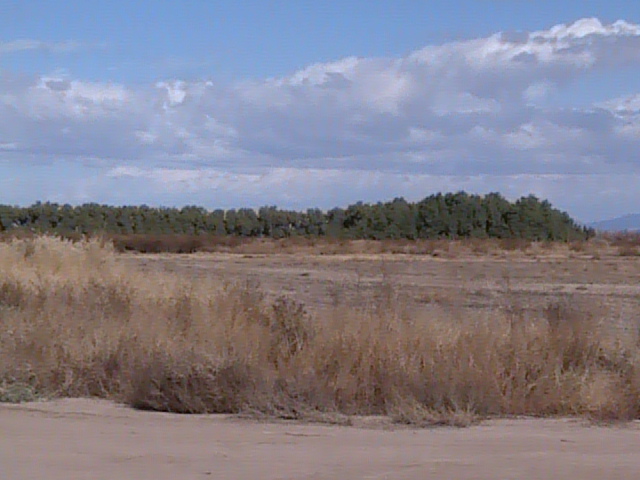
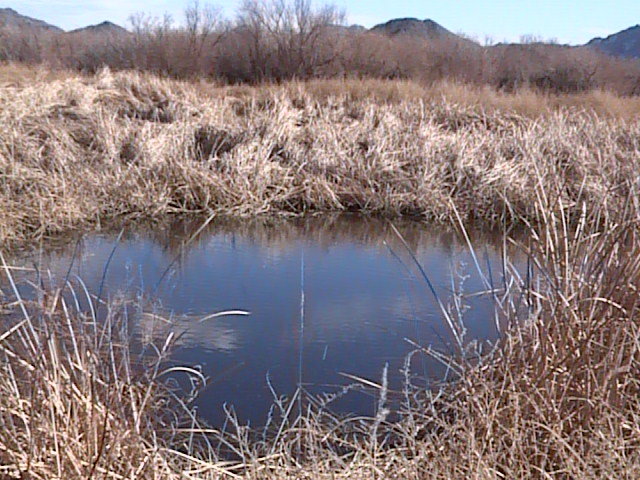
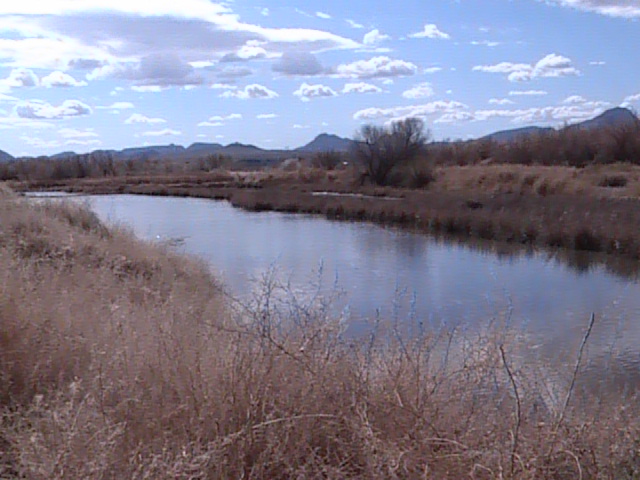
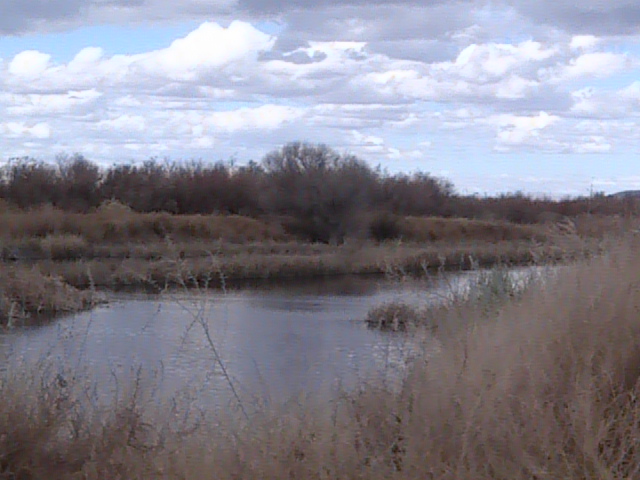
Birdlife of the Arlington Wildlife Area:
Clapper Rail
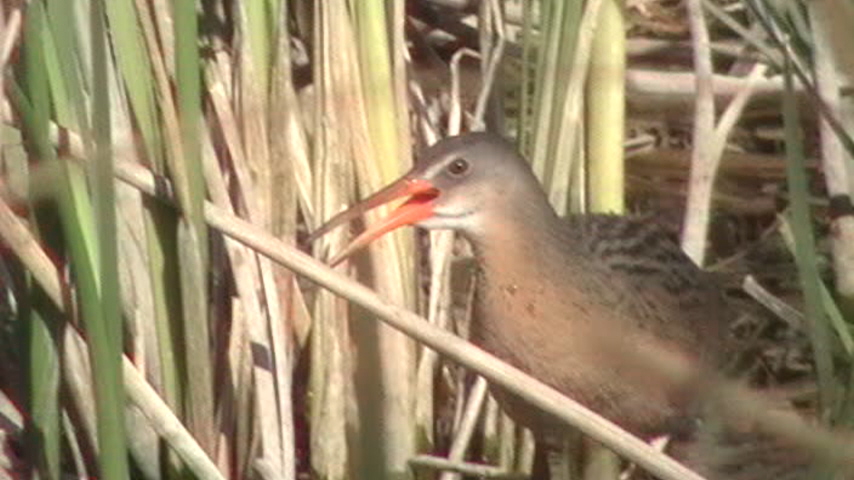
Sandhill Cranes

Loggerhead Shrike
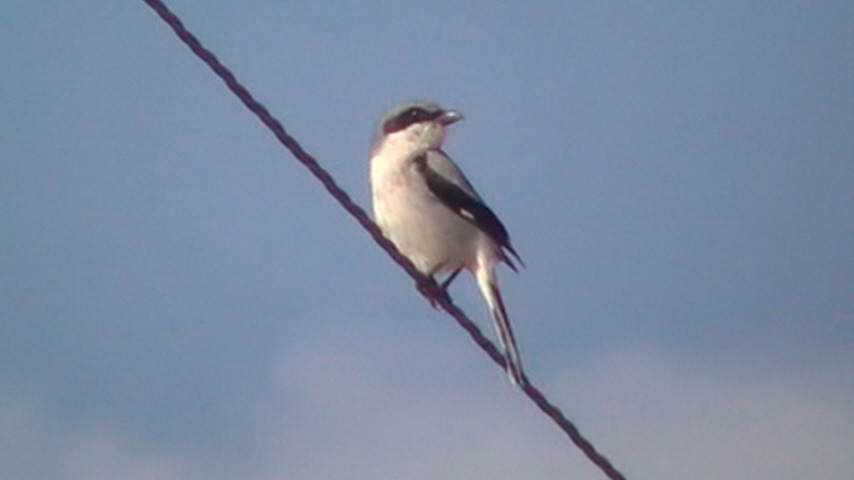
White-tailed Kite

Back to Area 8-Arlington to Gila Bend |
